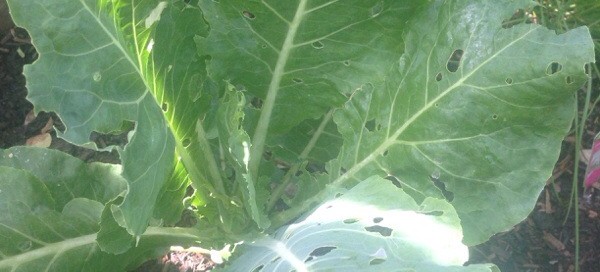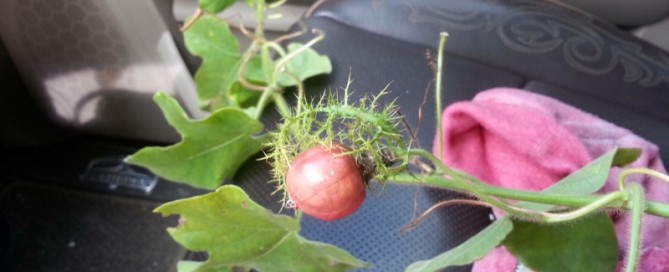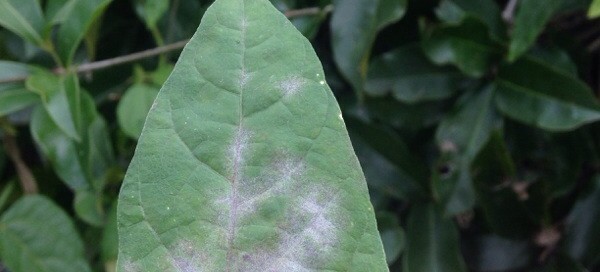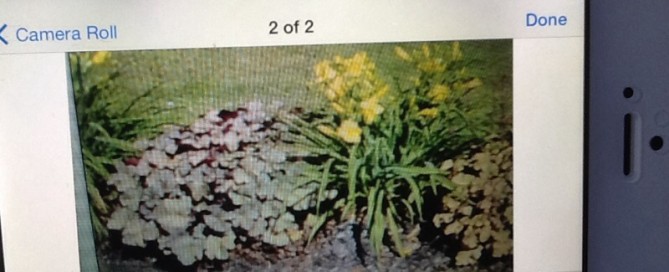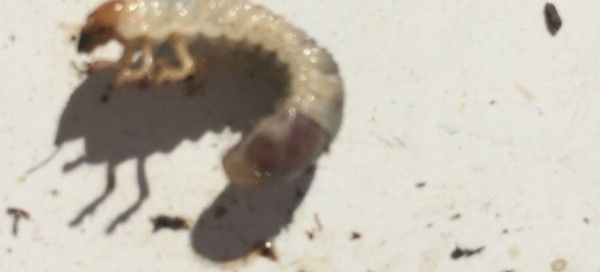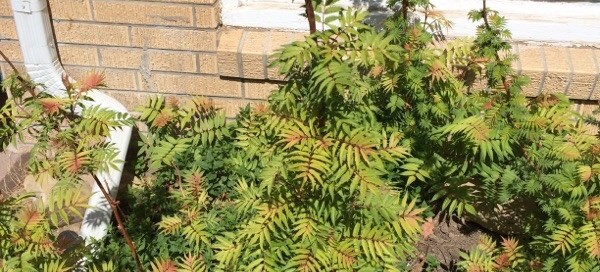Problems With Crabapple
From a photo alone it's impossible to know why this tree is losing leaves. Some general reasons that trees have leaf-drop or die back include:
1. Drought stress. A plant that hasn't gotten enough water will drop leaves in an attempt to save its life as leaves lose moisture through their pores.
2. Fungal disease. Apples are prone to a number of fungal diseases - these usually cause leaves to become spotted or yellow before they fall. Look at the remaining leaves carefully to see if you see spots or yellowing. Some trees are more prone to fungal problems than others.
3. Broken stems or trunk injury. A plant that's had stems broken, or the bark on the trunk cut or chewed will lose leaves and have dieback.
4. Canker - this is a disease some fruit trees get that causes sunken areas on the trunk that inhibit water flow up to the branches. You see branch dieback but the problem is really on the trunk - look for areas that look sunken and "water soaked" or are weeping sap.

